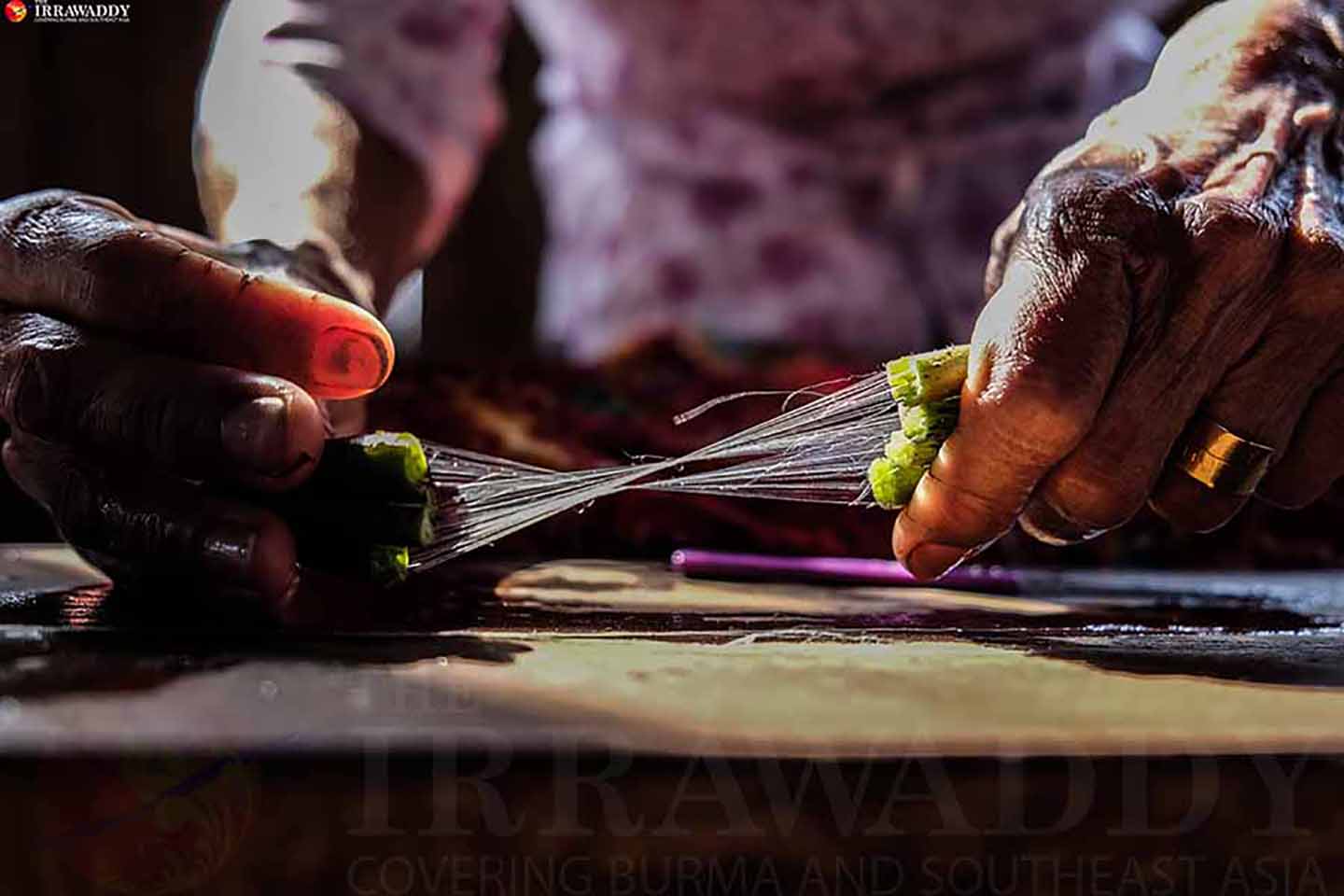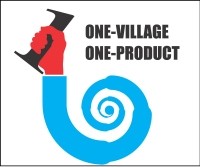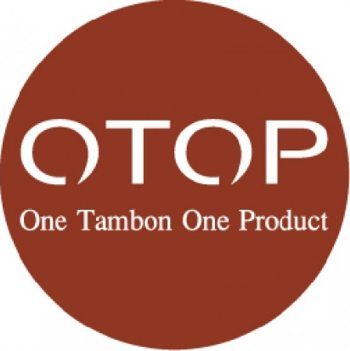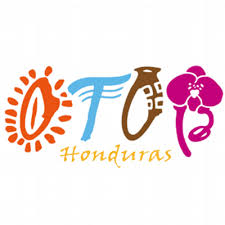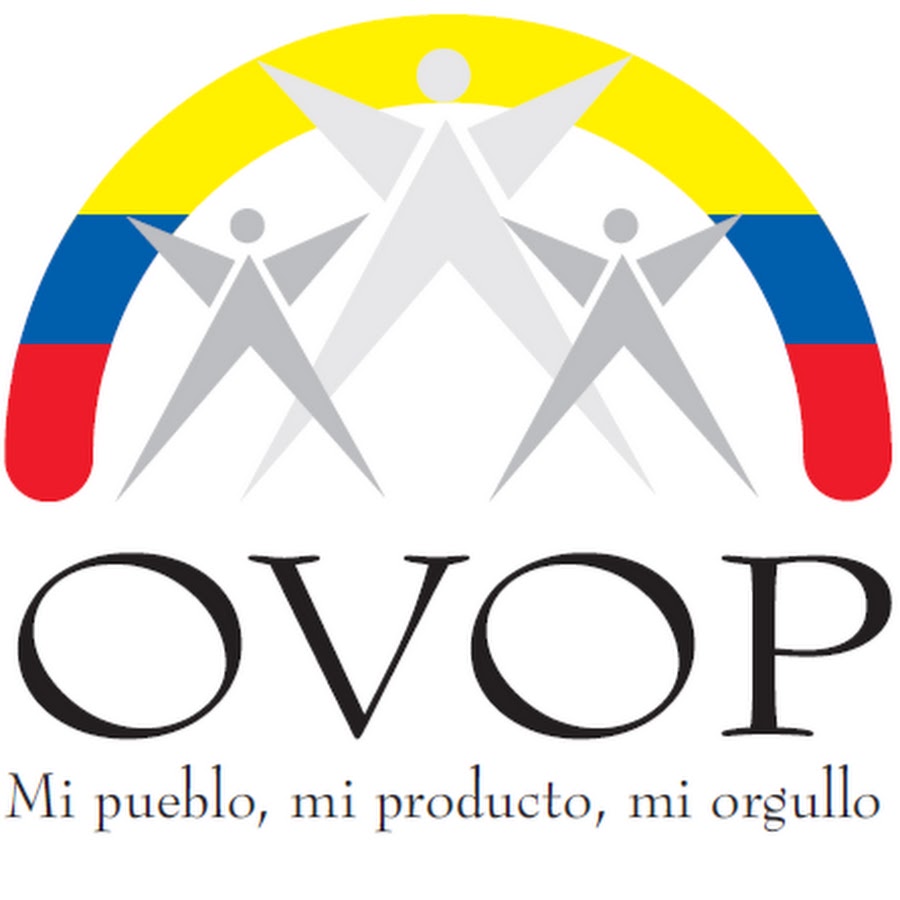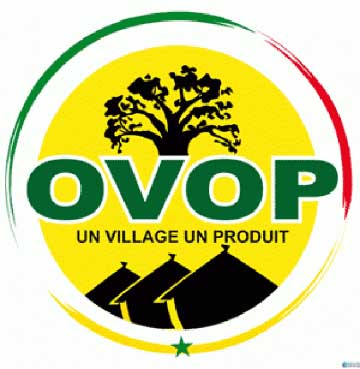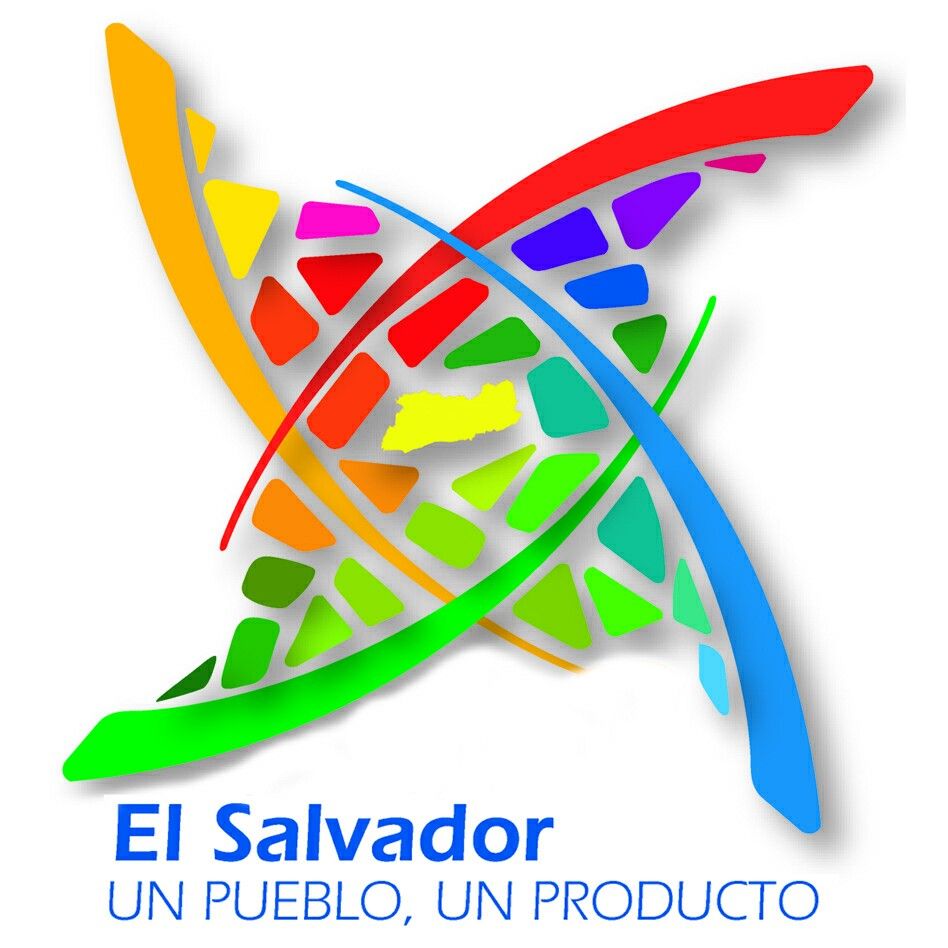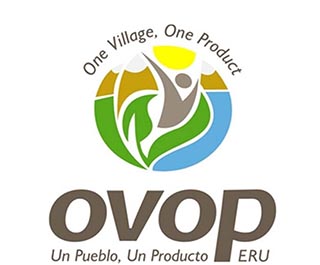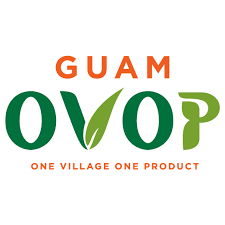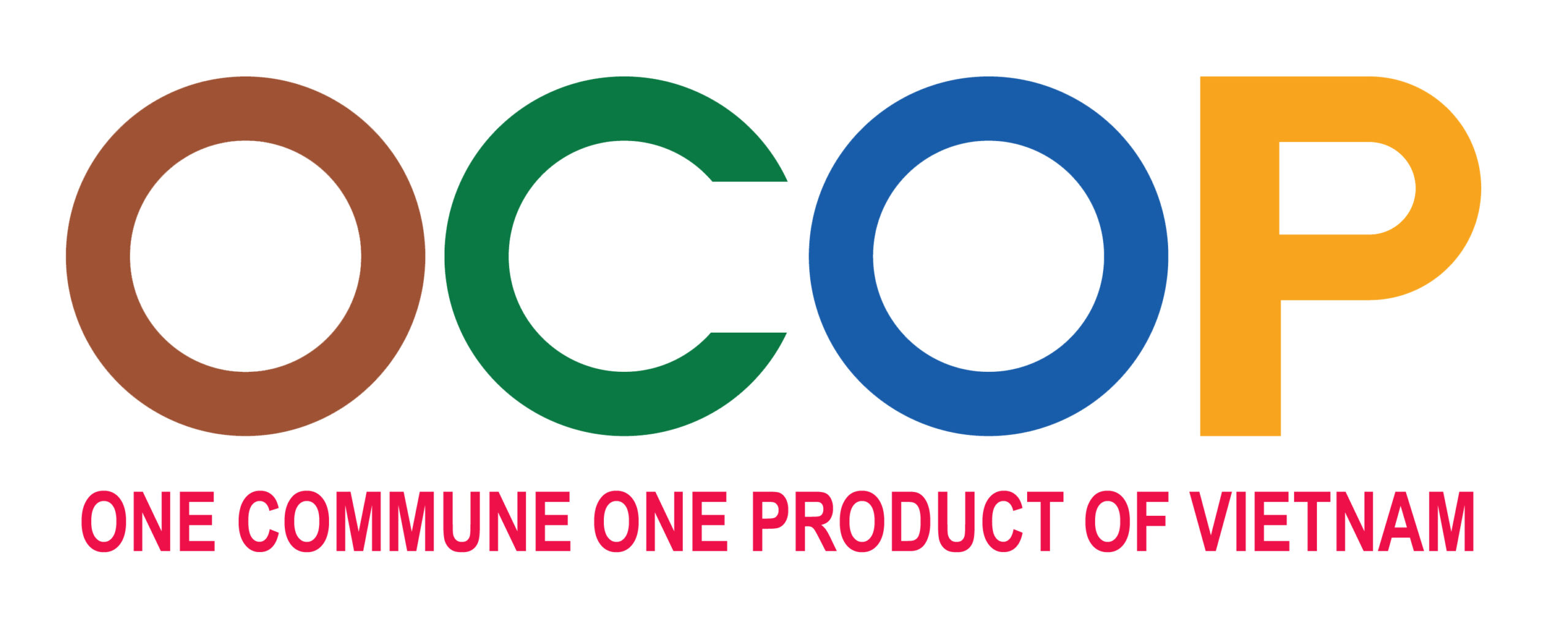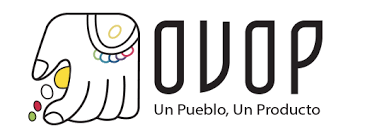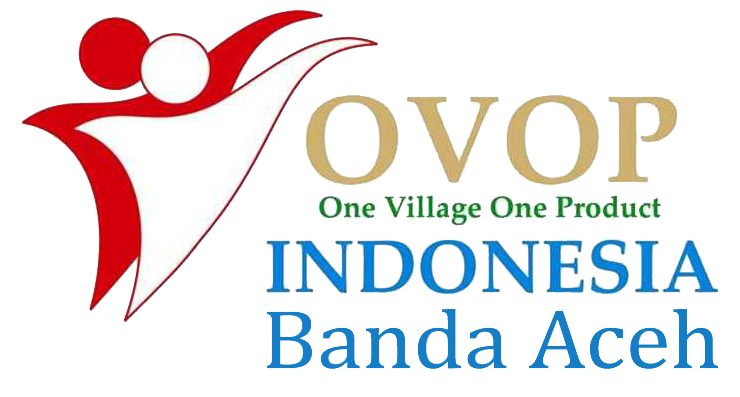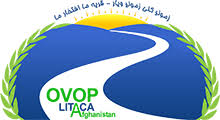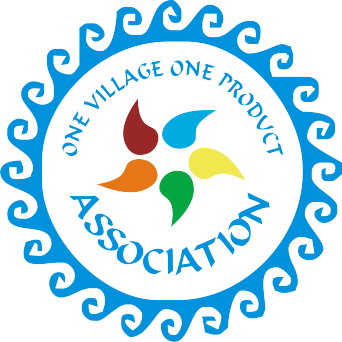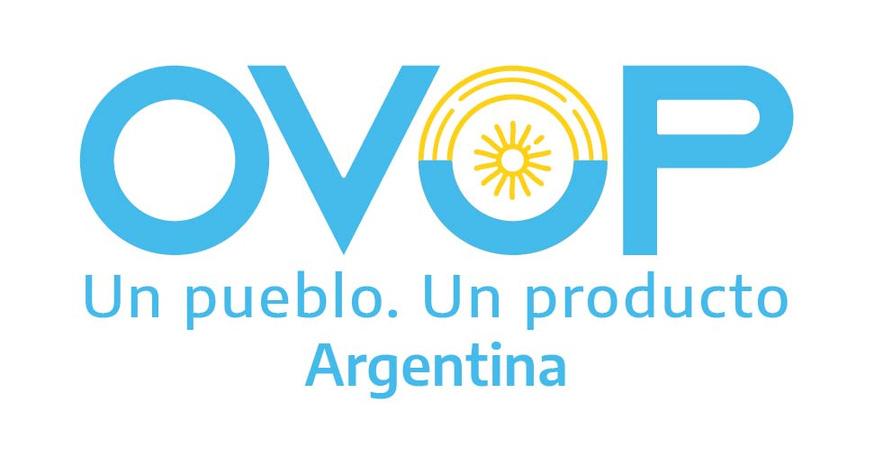The birth of lotus weaving in Inle Lake is said to date back to more than century ago when an artisan named Paw Sar Ou started noticing at the fine fibers of lotus stems on the blossoming lotus growing on the lake. That when she cut the lotus stem and pulled the halves gently, the thread appeared. Additionally, the beauty of the lotus symbolizes of the purity in the Buddhist mind that inspired her to devote the elegant flowers into a special robe to the head Abbot at the Buddhist temple that she visited. Legend said that it took her a whole year to extract and weave lotus fibers into a robe and gave it to the Abbot as an offering.
Nowadays, most of the inhabitants around Inle Lake have a natural benefit from the lotus plant. Day, by day, the lotus fabric has proved itself to be one of the precious brands to the high fashion of the world since it takes at least 20,000 lotus stems and 40 days to produce a square meter of lotus fabric. The best quality lotus fabric in Inle Lake is weaved from the lotus stems harvested during the monsoon season on the lake. During this time, the tide is high that improves the fertility for the mud as well as the length of lotus stems.
Lotus plants grow in abundance in Inle Lake region as the perfect geographical and hydroponic conditions. In the journey to explore lotus weaving in Inle Lake, you will have an opportunity to get a first-hand experience in two main traditional villages Kyaing Khan and In Paw Khon. A boat trip will take you to the Khit Sunn Yin Lotus, Silk, and Cotton Hand Weaving Center in In Paw Khon village. Here you can take your time to wander around to discover the process of lotus fabric weaving.
Initially, there is an old woman sitting at a small wooden table to extract lotus fibers from lotus stems by hand and a knife, the fibers after being extracted are rolled together to form the long, fine threads an then it will be immersed into the water to moisturize. This first stage is also the most important step that requires a high level of patience and skill. As a result, most of the lotus weavers in Inle Lake are the old people.
In the second stage, another weaver spins and weave the raw using a hand-turned wheel, turns the lotus silk into a spool. The original lotus thread has a creamy color. Then, in order to dye the fabric into different colors, the weaver uses natural materials such as tree barks, seeds, jackfruit, and lotus leaves.
Afterward, the raw lotus threads are transferred to the final stage. The weavers then use an old hand loom to make it into the product.
The whole process takes enormous intensive from weavers. After complex stages, weavers create beautiful lotus fabric with intricate designs. Unsurprisingly, the finest lotus products in Inle Lake are among one of the most precious textile products in the world.






